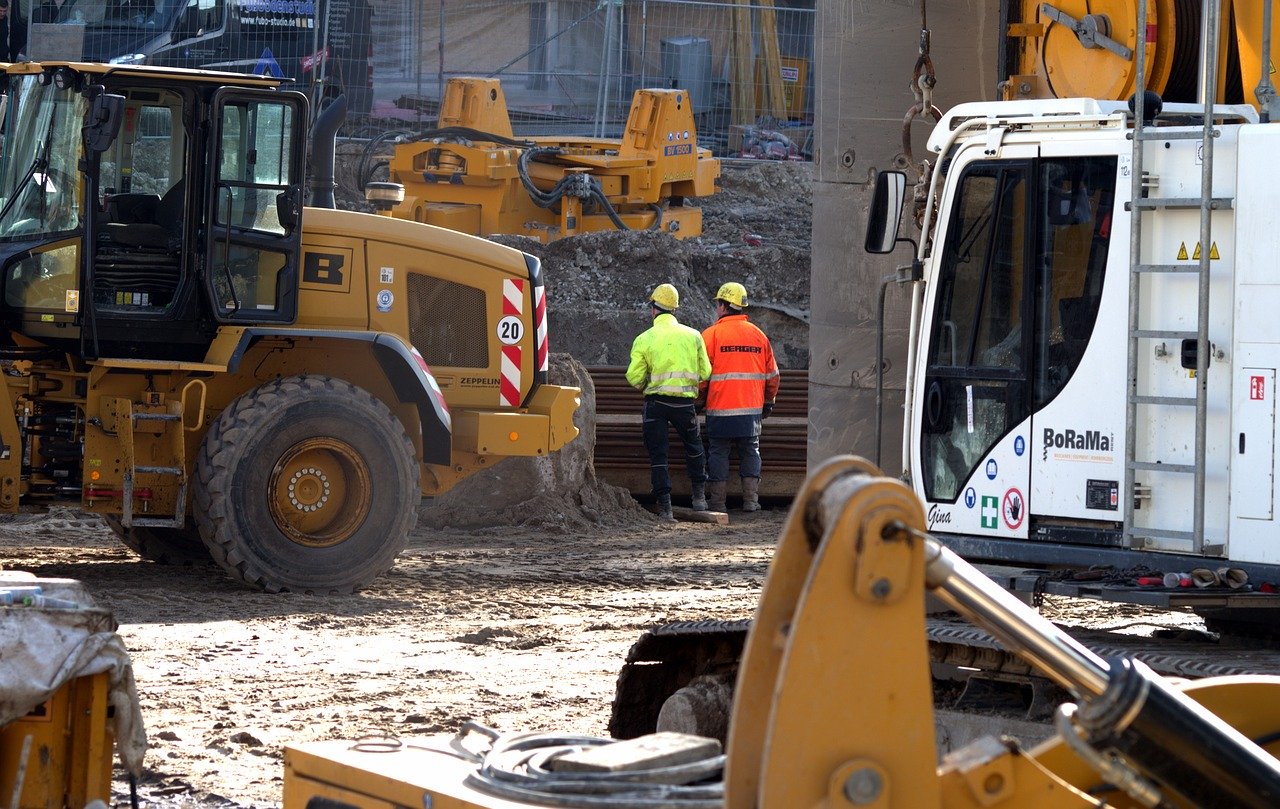There are always plenty of subcontractors working around job sites, because each specific job needs a qualified worker. While those subcontractors are doing the work, they are not paid the same way that those who work with the contractor’s company are. Instead, these subcontractors get paid as they finish different stages of their work. No taxes, health insurance, or any other items are deducted from this payment either. The subcontractor will pay those separately on their own.
Some contractors are hesitant to use subcontractor agreements, especially if they have worked with the subcontractor for quite some time, but they are important and necessary to have. These subcontractor agreements will protect a contractor from additional risk and liability by transferring those things to the subcontractor.
The transfer of liability and risk is important, because it helps reduce the contractor’s cost, reduces the amount of money the contractor is liable for, and ensures that the contractor has enough coverage with their certificate of insurance.
As a contractor, you are more than welcome to use a generic form for your subcontractor agreements, however, we urge you to reconsider that option and choose to have your own subcontractor agreement drawn up by a lawyer instead. The reason for this is that a generic subcontractor agreement allows for too many loopholes and you can pay dearly for them if something happens.
Here are 6 items that should be carefully noted in your subcontractor agreements:
- Your subcontractor agreement must state that you are the contractor and that the subcontractor is doing a specified job for your client. This must be specific, and it is best if you clearly state exactly what the job is that the subcontractor will be doing. You can even be as specific as writing that the subcontractor will be hanging dry wall in eight different rooms, instead of just stating that the subcontractor will be hanging dry wall.
- This document should also state how long it is going to take the subcontractor to do the work that is specified and the date that they will be finished. It is also necessary to include the exact standards that must be met for the work to be accepted and payment given.
- All subcontractor agreements must also state the amount that the subcontractor will be making after completing the job. This can be an hourly wage, an agreed upon salary per week, or an amount for the entire job. It is also a good idea to have a payment protection clause in place.
- While it would be nice if you could guarantee the conduct of everyone that you hire for a project, in today’s world, you will find that it is necessary to include behavior standards for your subcontractors within this agreement. This would also include the behavior of any of the employees that the subcontractor brings to work with them.
- Other items that many contractors like yourself include in their subcontractor agreements are insurance clauses, default clauses, indemnity clauses, and change orders. The way change orders are handled is probably the biggest one, because every subcontractor handles those differently. If you do not want any surprises at the end of your subcontractor’s work, we encourage you to state which change orders the subcontractor will be compensated for and which ones won’t.
- The last items that you should include in your subcontractor agreements are ones that will protect you as the contractor. These are only a precaution, as hopefully your subcontractors will perform their duties properly, but this way, you are covered if they do not do everything the way that they should.
Even though you have subcontractor agreements in place, it is always a good idea to have a separate policy to cover any issues that you have with your subcontractors. It is an extra expense that you will need to cover, but the peace of mind that it gives you will ensure that you are not losing more than you should when a subcontractor doesn’t follow through with their end of the agreement.
It is possible for a lawyer to draw up one basic subcontractor agreement for you and then you can make changes as necessary. However, you may want to have subcontractor agreements drawn up for each one of the specific subcontractors that you work with. That way you have one for any dry wall subcontractors, another for electricians, one for painters, etc. This will ensure that you have the proper wording for each one and you won’t need to worry that you missed something in the process.
Now that you know how important these subcontractor agreements are, you can make the changes necessary to incorporate them into your construction business and see how much better your business runs.




